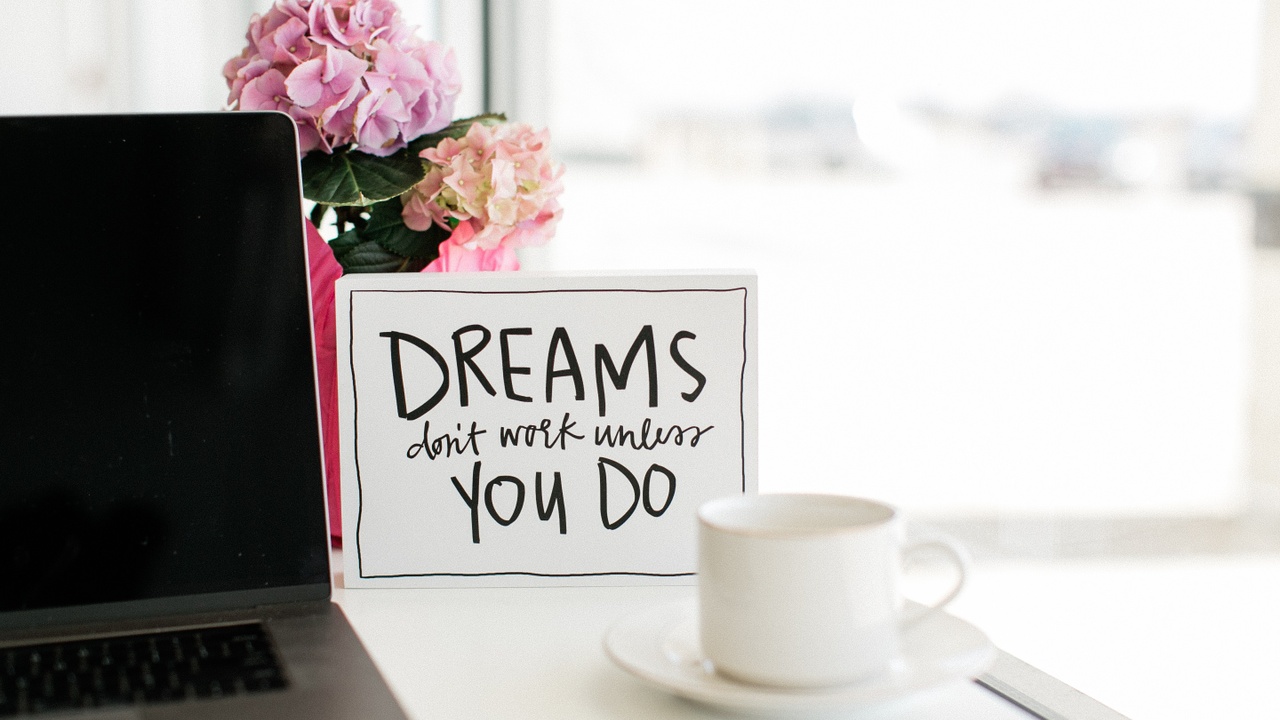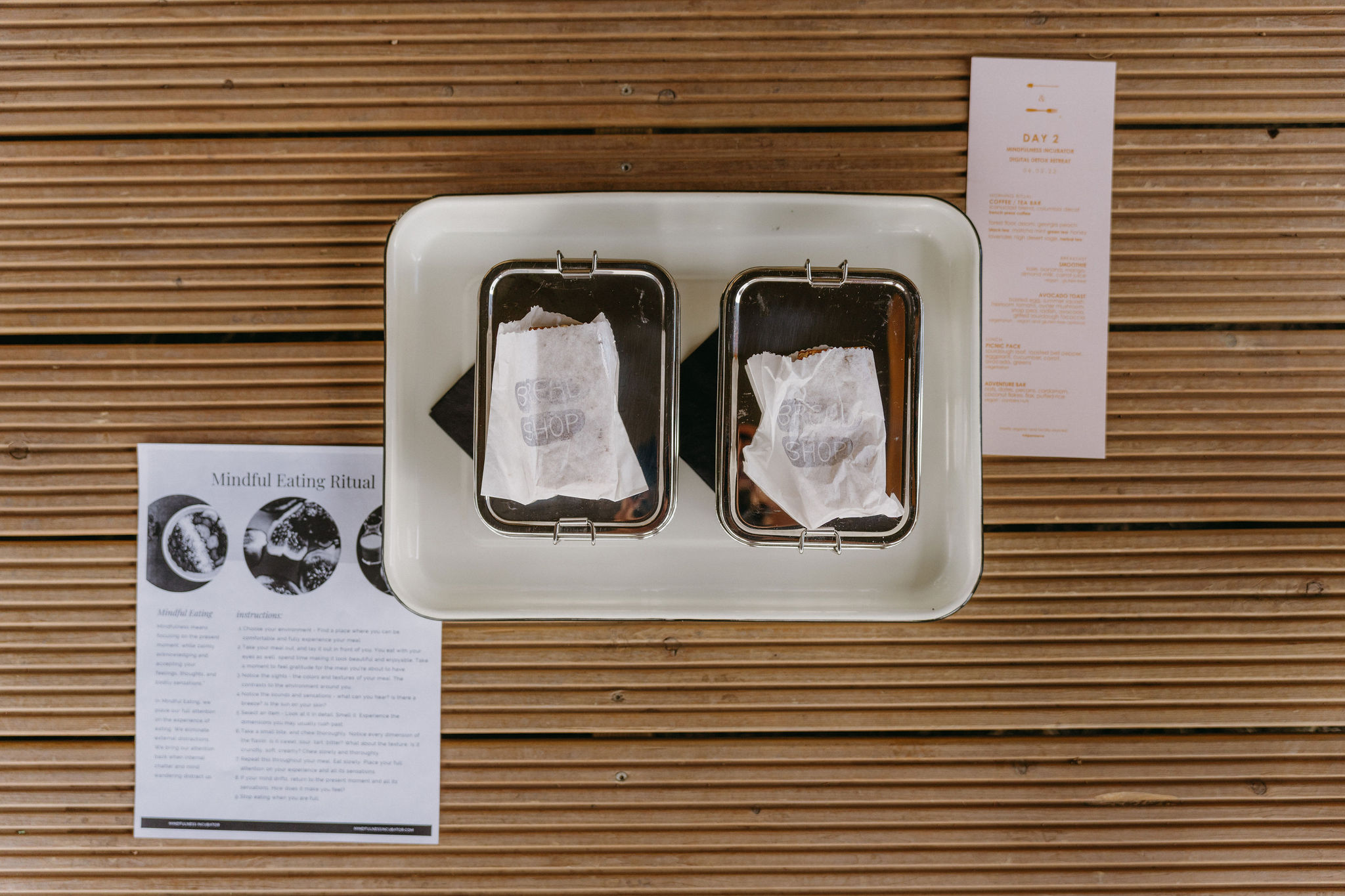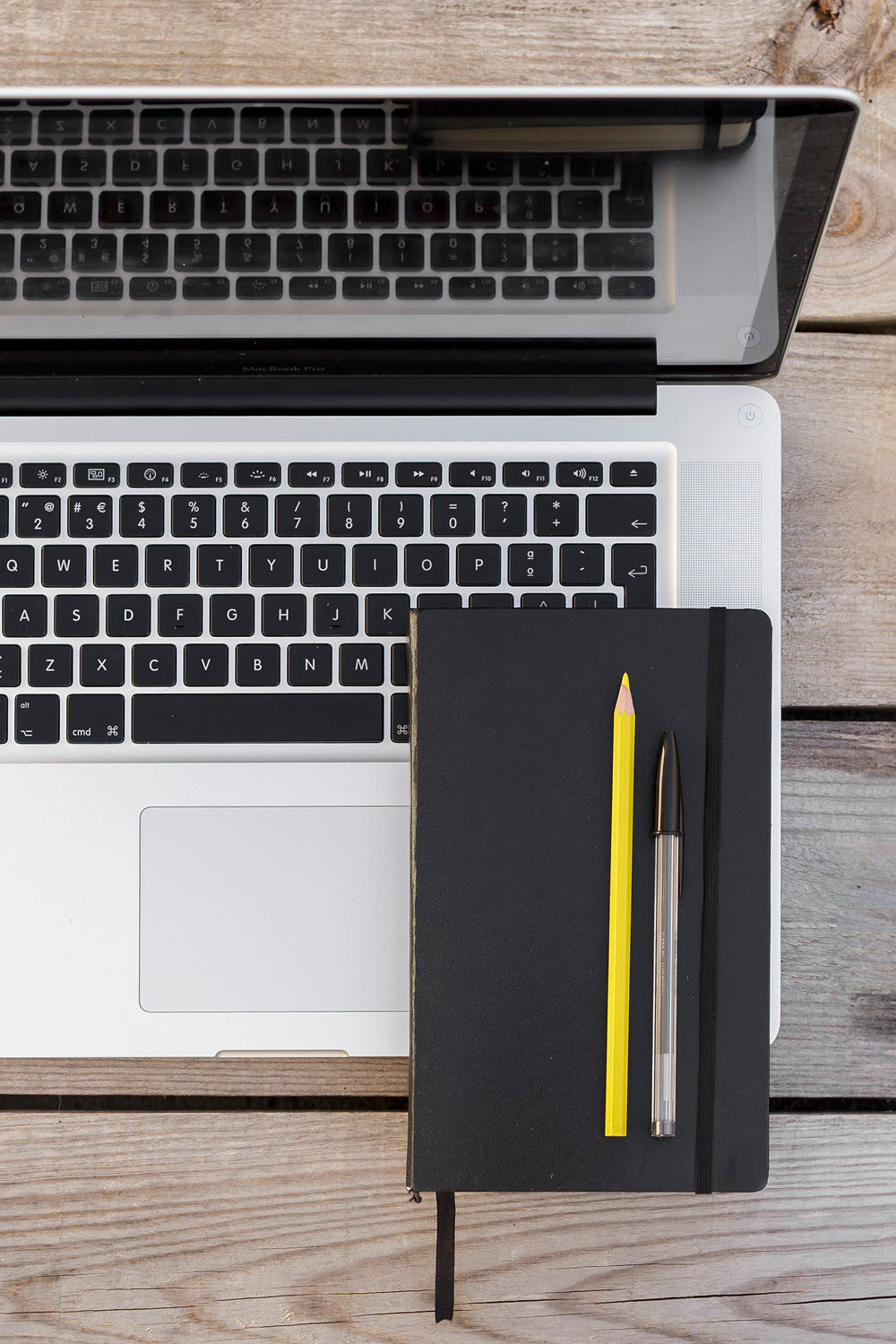Workplace resilience - 8 small ways to boost wellbeing in your workday
Jul 05, 2022
“Many employees do not take breaks because they think they will be looked down upon for doing so (Tork, 2018, p. 1).” (Source)
Do you spend your days in back to back meetings, or lunging from one task to the next without taking a break? Do you rarely take time for lunch? Do you spend your days reacting to email, chats, meetings and deliverables?
If this is your reality, don’t beat yourself up, you’re in good company. Most of us are operating in a system that makes it really hard to establish and maintain habits that support our resilience and wellbeing. It’s common to feel like giving 100% of our time and energy during working hours (and then some) is the default, the standard, the expectation, and that anything less is not enough.
“29 percent of employees admit to working during their lunch breaks” - OfficeTeam Research
“Nearly 20% of North American workers worry their bosses won’t think they are hardworking if they take regular lunch breaks, while 13% worry their co-workers will judge them.” - Forbes article
When you feel like you’re running as fast as you can just to keep up, it can feel impossible to carve out any time for your wellbeing and resilience during the workday. Worse, it can feel selfish, or frowned upon. But is it?
Research tells us conclusively that skipping breaks doesn’t serve our companies, our wellbeing, our families or ourselves. “Skipping breaks can lead to faster burnout and higher stress levels.” (Source) In fact, research confirms that regular breaks have numerous positive impacts: “Employees stepping away from work for a few minutes increases their productivity, job satisfaction, mental health and well-being, and are overall more engaged in their work.” (Tork, 2018, p. 1)
The Flaw of Thinking Wellbeing Needs Big Moves
Setting ambitious goals, and having a clear vision and intention for our lives can be hugely powerful. Goals help us ensure that our efforts and our energy are aligned with where we want to go, and what we want to achieve. We love following a goal setting and visioning process once or twice a year.
However, having clear aspirations doesn’t mean that big bold moves are necessarily the right way to achieve them. The bigger the move, the more it will rely on our motivation to consistently carry out. Motivation, it turns out, is a finite resource that can run out long before we reach our objectives.
We’ve talked about the power of small changes made repeatedly and consistently in prior blog posts, including this one on Minimum Viable Priorities. There has been a lot written on how transformational small, consistent adjustments in our behavior can be. Two favorites are James Clear’s Atomic Habits, and BJ Fogg’s Tiny Habits, we highly recommend checking them out.
The principles of smaller interventions are particularly effective when looking at boosting your resilience during your workday. While they can certainly help, you don’t need to take an hour-long lunch, or build in lengthy breaks to see improvements to your wellbeing. Small interventions, consistently implemented, can yield big results.
Interventions to Boost Resilience in your Workday
Try one (or many!) of these 8 small, super achievable interventions to build more spaciousness and resilience in your workday. While they may not change how much you need to get done, and the chaos you have to keep up with, they can help you end the day feeling less exhausted, and more present for yourself and your loved ones.
- Intention Setting [Duration 3-5 minutes] - Start the day by setting an intention. Think about, and write down the 1-3 things that are most important for you to achieve or focus on during the day. Think about how you want to show up: Do you want to be calm? Inspiring? Supportive? Productive? Then revisit your intention throughout the day, between your meetings or work activities. It’s so easy to jump right in and start reacting from the moment you wake up (71% of Americans start their day by looking at their phone), the simple act of setting an intention can help you better focus your energy all day long.
- Take a Break [Duration 15 minutes] - We’ve already discussed some of the evidence that supports the positive benefit of taking real breaks. Improve your odds by scheduling these ahead of time, and plan to do something away from your devices for a full 15 minutes. Try getting outside and enjoying natural light, getting a bit of movement or doing something you find relaxing. Avoid the news, social media and checking email. You’ll come back to your work feeling more focused and refreshed.
- Take Micro-Breaks [Duration <1 minutes] - Even if you are slammed with back to back meetings, you can still invest one minute into breathing deeply throughout the day. Try box breathing, or simply count ten deep breaths. You can either do this right at your desk, or sneak into the bathroom between meetings. Deep breathing helps diffuse our stress response, and brings us back to more awareness. Shoot for at least one minute of breathing deeply every hour, your nervous system will thank you.
- Mindful Lunch [Duration 30-60 minutes] - This is probably going to be the hardest sell, given how many people feel guilty about taking a lunch break and routinely rush or work through their lunch. Try carving out at least 30 minutes to fully experience your meal with all of your senses, without any distractions. Mindful Eating helps us make healthier food choices, and has been linked to improved digestion. If 30 minutes is out of reach, event 15 focused minutes can make a difference. If you’re not sure what Mindful Eating means and how to do it, check out our guide here.
- Move [Duration 30-60 minutes] - Try a Walking Meeting. Walking Meetings can be a wonderful alternative to sitting in a conference room if you’re in the same location. Walking meetings over the phone are also a great option if you’re connecting with someone in another city. The fresh air and movement that walking meetings provide have been linked to improve creativity, in addition to improved wellbeing. Meetings where you don’t need to actively participate (like a department wide presentation) can also be great opportunities for movement.
- Micro-Move [Duration <5 minutes] - Even if the way you work doesn’t allow for walking meetings, you can still incorporate movement throughout your day. Try taking a walk around the floor or the building between meetings (or taking a longer route to wherever you’re going). Use the stairs whenever possible. If you’re working from home, try walking around your residence, or doing two minutes of vigorous exercise between meetings (like jumping jacks, squats or a plank). There’s a whole YouTube channel dedicated to 2 minute workouts between meetings!
- Bust distractions [Duration <2 minutes] - It’s easy to ignore the toll that constant interruptions take on us over hours and days. Give yourself a break by turning them off. It takes just a few moments to put on a “Do Not Disturb”, to close windows that are a source of distraction or to put your phone on silent. If you can pull it off for the day, great! Otherwise, experiment with doing so for 30-60 minutes at a time.
- Transition [Duration <5 minutes] - Create an intentional transition ritual that helps you leave the workday behind, and transition to your evening. Try breathing, a short walk, or a transition meditation like this one. This practice helps you leave the worries and stresses of the day behind, and fully arrive at your evening responsibilities.

This is a photo of the Mindfulness Incubator Mindful Eating Picnic - get the guide here!
Avoid All or Nothing Thinking
It’s a common belief that investments in your wellbeing need to take a lot of time. That your habits need to be pristine to make a difference, and that small investments aren’t worth doing, and won’t pay off.
This is a form of all or nothing thinking, a common cognitive distortion that lures us into believing that if we can’t do it all, it’s not worth doing at all. All or nothing thinking tries to convince us that only perfection is acceptable.
Some Definitions
Cognitive Distortion: A cognitive distortion is an assumption we make based on minimal evidence, or without considering the evidence. (Source)
All or nothing thinking: “All-or-nothing thinking refers to thinking in extremes. You are either a success or a failure. Your performance was totally good or totally bad. If you are not perfect, then you are a disaster. “ (Source)
This article summarizes the implications of “All or Nothing thinking” on wellness habits: All or nothing thinking “can disrupt attempts to change behavior, such as sticking to a diet. If you think about your diet in all-or-nothing terms, it is likely that one indiscretion will derail all of your effort. Remember, anything short of 100% might as well be 0%, so if you stick to your diet 90% of the time, all-or-nothing thinking will have you believe that you’ve totally failed, and that you might as well eat whatever you want.”
When it comes to small changes in your work habits to support your wellbeing, know that you don’t have to do it “right”. Embrace small changes as meaningful and worth pursuing.

Implementing Resilience Boosting Habits
Resist the urge to implement everything all at once. Choose one (maybe two) of the resilience boosting methods outlined and try them out for a week.
Then notice: What happened? How did you feel during the day? How did you feel in the evening? Did you notice anything shifting? Because these interventions are subtle, you should expect the changes to be gradual as well. Perhaps you’re a little less fatigued. Perhaps your patience takes a little bit longer to run out. Perhaps you’re able to keep a positive mindset for longer. Maybe you notice nothing at all.
You can then make an informed choice about whether you keep the habit up, or try something else instead. Over time, you may be able to layer a few of these interventions as they become natural to you.
For some support on how to clearly define and implement interventions that will work best for you, check out the Minimum Viable Priorities blog post (with a great workbook!).
Want a nudge to be more mindful? Grab the Mindful in 5 Phone Wallpaper!
Never miss a post!
Get notified anytime we have something new.
We hate SPAM. We will never sell your information, for any reason.



